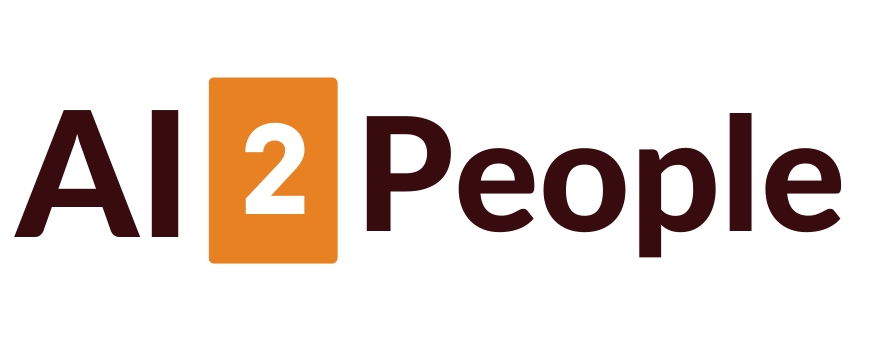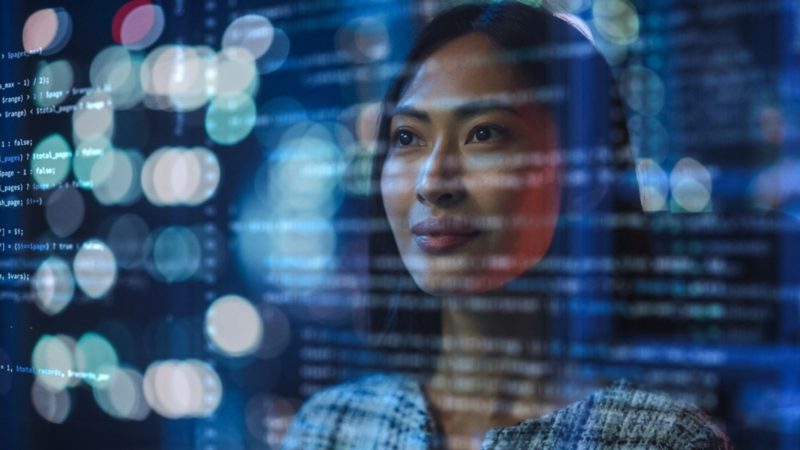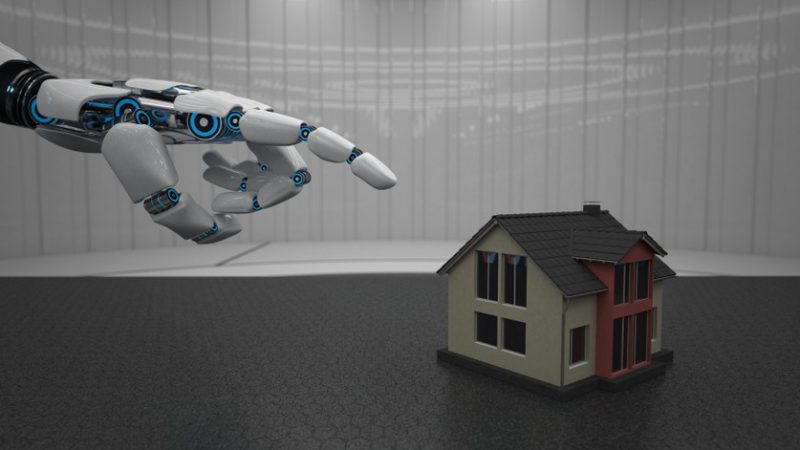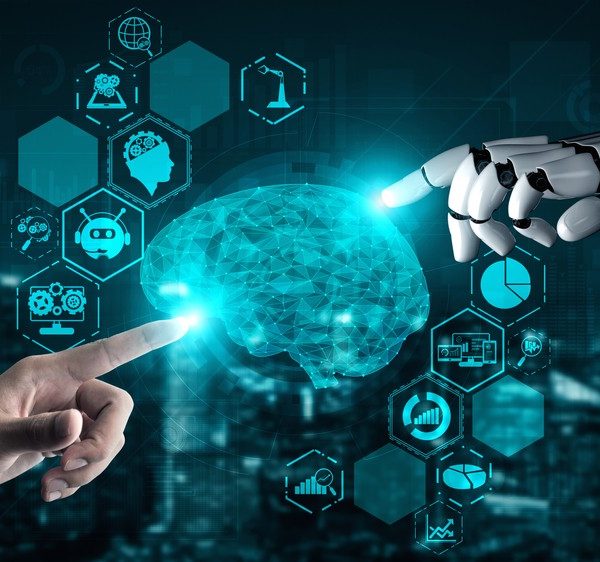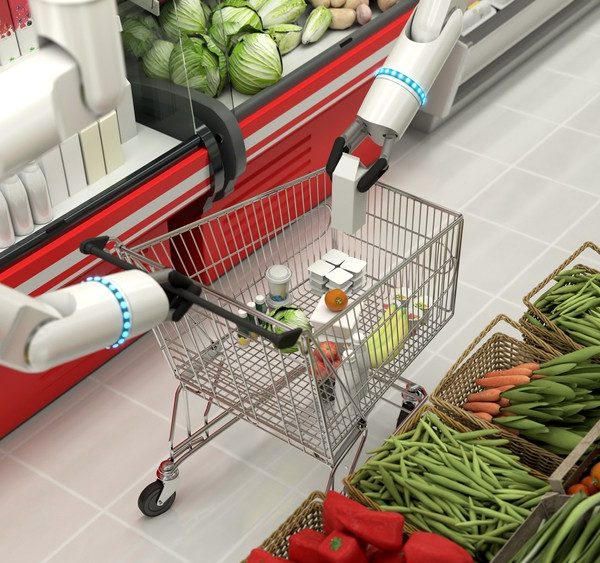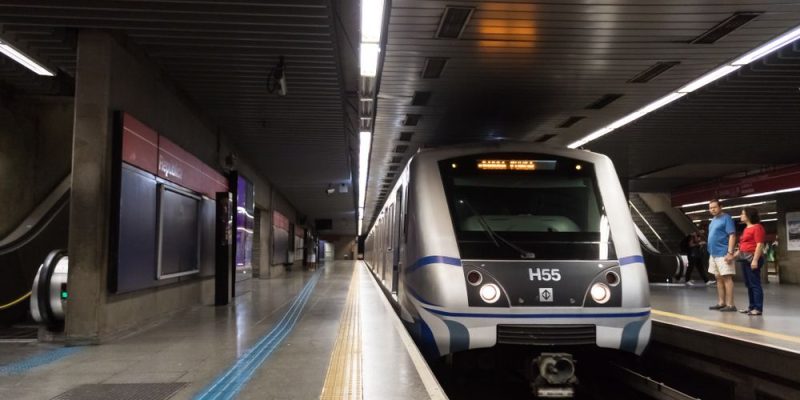
Artificial Intelligence in Subway Systems: How is it Used?
As cities continue to grow and populations increase, the need for efficient and reliable transportation systems becomes more pressing. Subway systems have long been a popular mode of transportation in major cities around the world, with millions of people using them every day. With the advancement of artificial intelligence (AI) technology and its introduction into the transportation industry, subway systems have the potential to become even more efficient and convenient for commuters. In this article, we will explore the different ways AI can be used in subway systems to improve the overall transportation experience.
Is Subway the most used transportation method?
Subway systems are often considered one of the most efficient and cost-effective modes of transportation in urban areas. They offer a high-capacity, high-speed, and reliable way to move large numbers of people across a city. According to a report by the American Public Transportation Association, subway systems are the second most heavily used mode of public transportation in the United States, after buses. In New York City alone, over 5 million people ride the subway system every weekday.
AI and the Ticketing Experience
One way AI can be used in subway systems is to improve the ticketing experience for commuters. Traditionally, subway systems rely on paper tickets or smart cards that need to be swiped or scanned to gain entry. However, with AI technology, subway systems can implement facial recognition or biometric authentication systems, which can identify passengers without the need for physical tickets or cards. This not only simplifies the ticketing process but also reduces the risk of fraud and improves security.
AI and Subway Route Planning
Another way AI can be used in subway systems is to optimize route planning. Subway systems can be very complex, with multiple lines, stations, and routes. With AI algorithms, subway systems can analyze real-time data on passenger traffic, train schedules, and potential disruptions, and provide the most efficient route for each individual passenger. This could lead to shorter wait times, less crowded trains, and faster travel times.
Better Connections
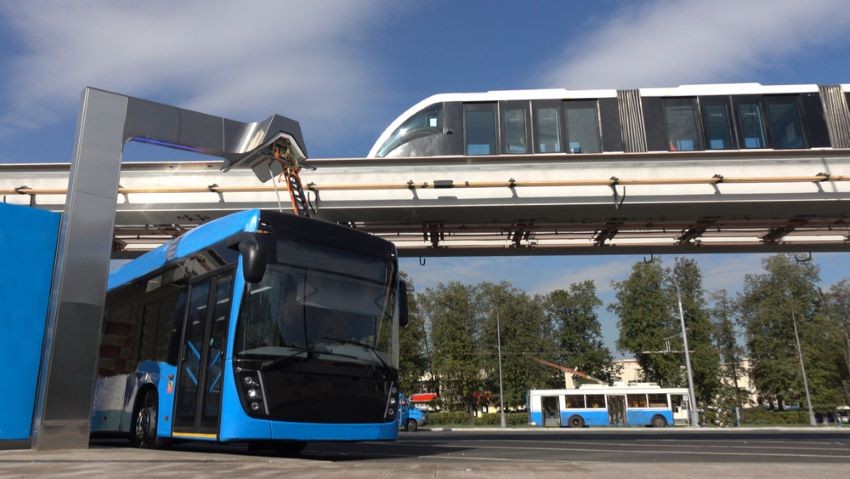
AI can also be used to improve connections between different modes of transportation. For example, if a subway passenger needs to transfer to a bus or a taxi to complete their journey, AI algorithms can suggest the most convenient and efficient connection based on real-time data. This could reduce waiting times, improve passenger experience, and increase the overall use of public transportation.
Read Also: How Can AI Transform Bus Transportation
AI and Crowd Management
Crowd management is a major concern for subway systems, especially during rush hour when trains and stations can become overcrowded. AI can help alleviate this problem by providing real-time data on passenger flow and congestion. This data can then be used to optimize train schedules, adjust platform operations, and even direct passengers to less crowded areas of the station. This could lead to a more comfortable and stress-free commuting experience for passengers.
AI and Better Train Cars
Artificial intelligence can also be used to improve the design and functionality of subway train cars. With AI technology, subway systems can analyze data on passenger behavior, preferences, and feedback, and use this information to design train cars that are more comfortable, spacious, and convenient. For example, AI algorithms can determine the optimal number and placement of seats, the ideal temperature and lighting, and even the most efficient layout for handrails and doors.
AI and Predictive Maintenance
AI can be used to improve the maintenance of subway systems. By analyzing real-time data on train and track conditions, algorithms based on artificial intelligence can predict potential maintenance issues before they occur. This allows subway systems to perform preventive maintenance and repairs, reducing the risk of breakdowns and delays. Additionally, AI can optimize maintenance schedules, reducing downtime and ensuring that trains and tracks are always in top condition.
Conclusion
Subway systems are an essential part of modern urban transportation, and with the advent of AI technology, they have the potential to become even more efficient and convenient for commuters.
